CORREAGH
70 ROGERS ROAD HAMILTON, SOUTHERN GRAMPIANS SHIRE
-
Add to tour
You must log in to do that.
-
Share
-
Shortlist place
You must log in to do that.
- Download report
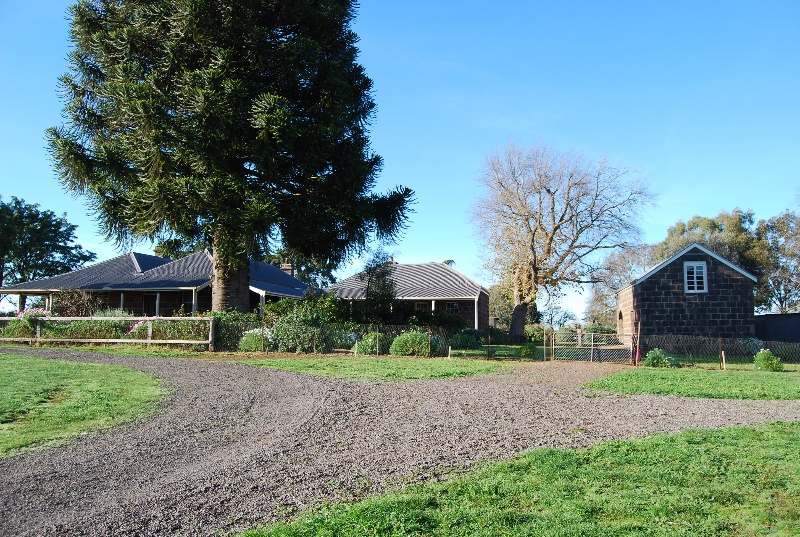

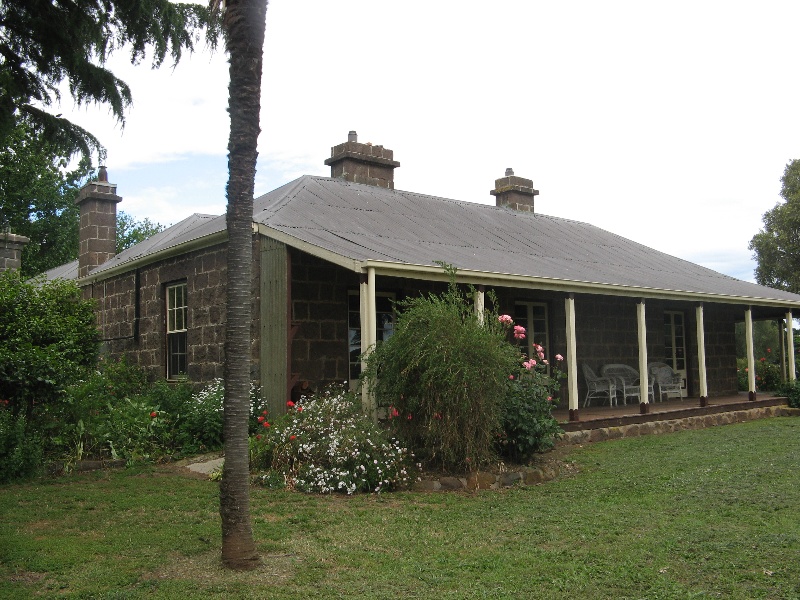
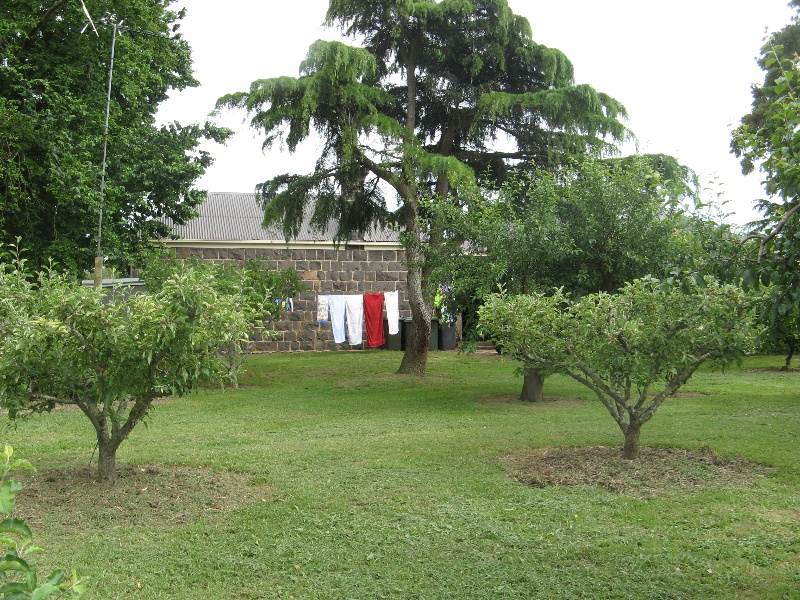
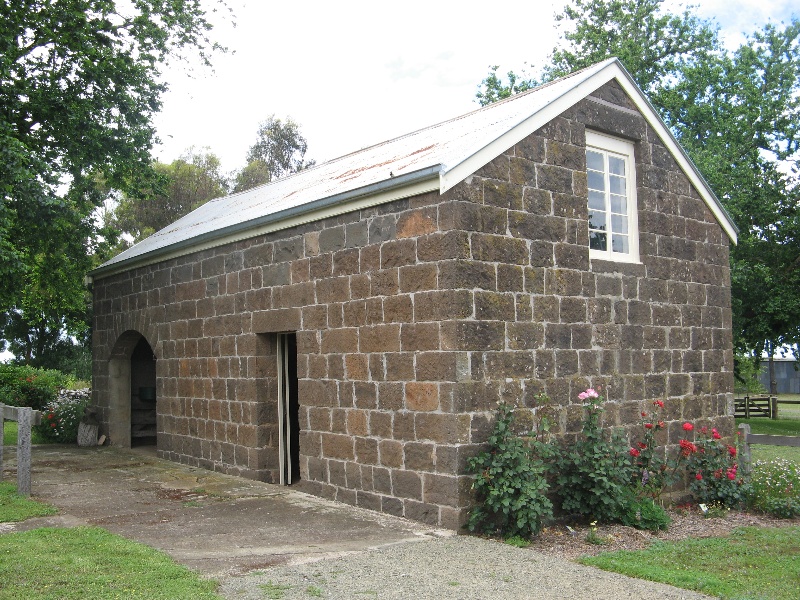
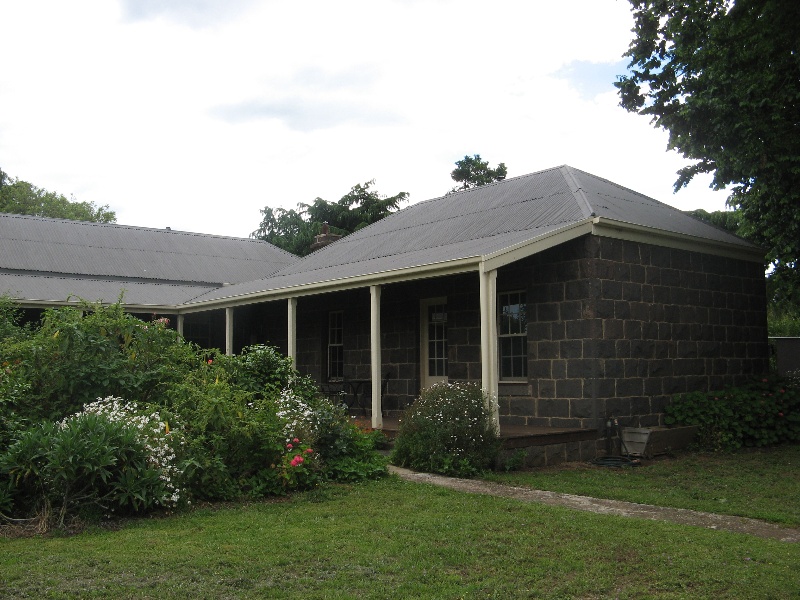
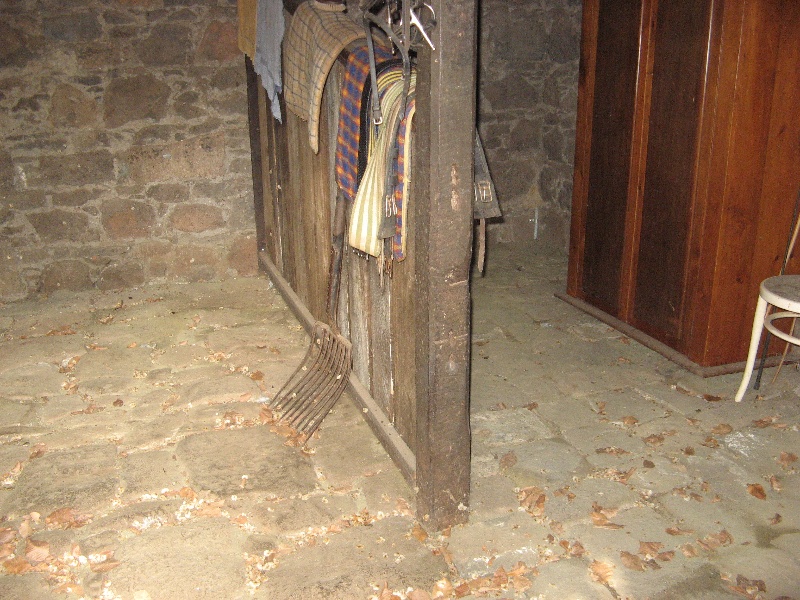
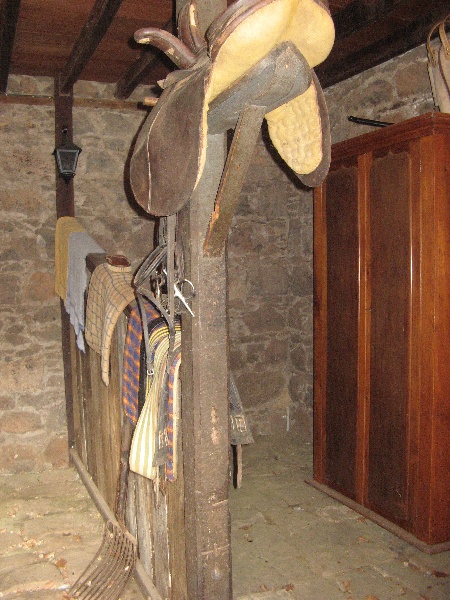
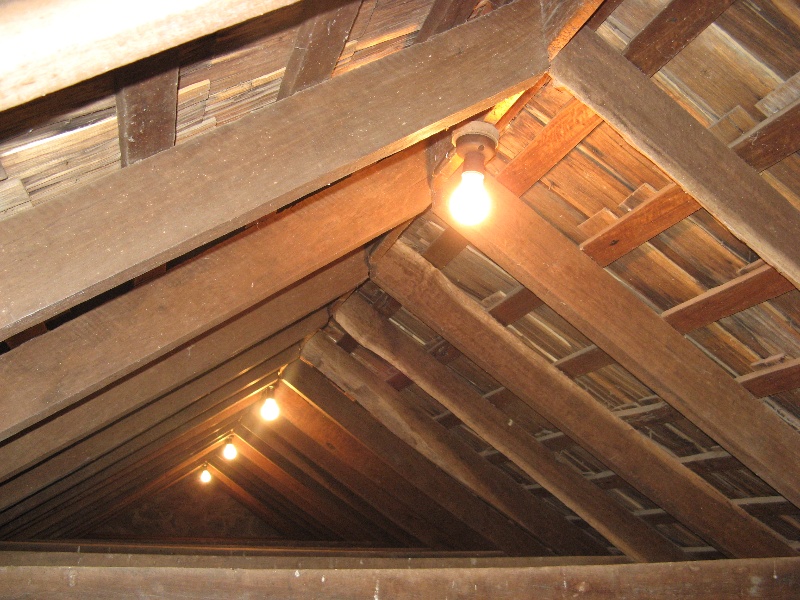
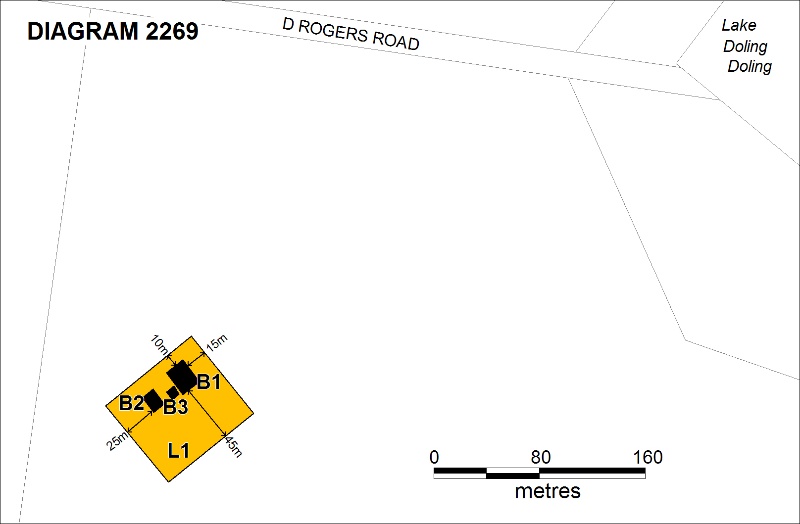
Statement of Significance
What is significant?
Correagh is a rural property, located just outside the town of Hamilton, with an early bluestone house and detached kitchen wing and a nearby stable building. The main part of the house and the stable were built c1855 by Cuthbert Fetherstonhaugh, the Police Magistrate of Hamilton, then called the Grange. Fetherstonhaugh (1803-1892) was an educated Irishman of some means who migrated to Victoria in 1852 with two of his three sons. His younger son, also called Cuthbert, who was later to become well known for his autobiography, After Many Days (1918), joined him in 1853, and his wife and five daughters in 1856. After acting briefly as the Police Magistrate at the Buckland River (Beechworth) he was appointed in 1854 to the same position in Hamilton, which he occupied until 1869. Soon after arriving in Hamilton he purchased 250 acres [101 hectares] just outside the town, at a place where the explorer Major Mitchell had camped in 1836 on his return journey to Sydney. He built there what would then have been one of the best houses in the district. No architect has been identified for the house. The stable was built at about the same time as the house and the detached bluestone kitchen wing, later called the schoolhouse, was added later, perhaps in the 1870s. Fetherstonhaugh was a leader of the local community and made an outstanding contribution to the development of the district. He died at Correagh in 1892. Members of the family lived in the house until the 1920s.
The homestead at Correagh is situated at the top of a hill, with views north-east towards the Grampians. The house is a single-story building with walls of coursed random bluestone rubble and with an M-shaped corrugated iron-clad roof. On the north and east side of the house there are verandahs, with French windows opening into the main rooms, and a new verandah has been added to the west. On the west side of the house, and separated from it by a covered walkway, is the later bluestone wing which has two rooms, originally a kitchen and bedroom. West of the house is the stable building, which retains part of its original stone floor and its horse stalls, and the original roof shingles are retained beneath the later corrugated iron roof. The house is surrounded by a modest garden and orchard dating from the mid- to late-twentieth century.
How is it significant?
Correagh is of historical and architectural significance to the state of Victoria.
Why is it significant?
Correagh is historically significant as one of the oldest surviving residences in the Hamilton district, and as a reflection of the way of life the well-to-do residents of country Victoria in the mid-nineteenth century. It is an unusually intact example of a house built by a prominent member of the Hamilton community just outside the town. It is significant for its association with Cuthbert Featherstonhaugh, the Hamilton Police Magistrate from 1854 until 1869, who built the house and lived there until his death in 1892. He was one of a number of Anglo-Irish gentlemen in this part of the Western District who made outstanding contributions to the development of the area.
Correagh is architecturally significant as a fine and an unusually intact example of a substantial family villa residence and stable built on the outskirts of a country town in the early colonial period.
-
-
CORREAGH - History
CONTEXTUAL HISTORY
Cuthbert Fetherstonhaugh (1803-1892)
The son of Cuthbert Fetherstonhagh, also called Cuthbert, in 1918 published his memoirs about his life in colonial Victoria, After Many Days, in which he described his father's life. He was obviously well off, and
brought [£]8,000 with him to Australia, and my brother and he and my cousin, Travers Adamson, later on Crown Prosecutor, tried their luck digging at Bendigo, but without success. My father started gold buying, but was one night robbed of eight hundred ounces, from under his pillow, too. Had he only bought land in the suburbs of Melbourne, he must have become very wealthy, which, no doubt, would have been a most unfortunate thing for me, for, instead of having to work hard all my life I might have become a drone. From my heart and soul, I honestly say, "I thank God I was not born with a silver spoon in my mouth". Instead of buying land, my father was ill-advised enough to build some stone houses on leased land in Swanston-street, opposite the gaol. Although at prices for labour and material then ruling, the cost of building these houses was very great, they paid very well for a while.
He got 1,000 a year rent for one of them; but this did not last, and eventually the rent and upkeep of the houses barely covered the ground rent, and they were sold. .
After a bit my father was appointed Police Magistrate at the Buckland River, out from the Ovens (now Beechworth). .
In 1855 my father . [was] moved to the Grange, in the Western District of Victoria. The pretty and appropriate name, the Grange, was by some vandal changed to Hamilton, and the latter name remains to this day.
I do not think I can do better than at this stage of my reminiscences reprint here the sketch of my father that appeared in the Hamilton Spectator on the occasion of his death in 1892, in his ninetieth year, after having lived for nearly forty years at Hamilton :
A well-known, venerable, but, nevertheless, sprightly figure, that of an old colonist, respected by all; the man who had a kindly word and smile for everybody, and upon whom everybody smiled in return, will be seen amongst us no more. 'The dear old Governor' is dead. Not an Excellency, but 'The Governor,' for by this name Mr. Cuthbert Fetherstonhaugh, who reigned in the hearts of many people of this district, will be better and more fondly remembered than by his ancient and historical family patronymic. Now and again he might be addressed as 'Mr. Fetherston,' for short, but the nonogenarian who expired at his residence, 'Correagh,' at five o'clock on Wednesday, better liked to be addressed by the title given him by his many friends years ago. How it came to be conferred upon him we know not; but we do know that he was from time to time introduced to various Excellencies, including Lord Hopetoun, as 'The Governor,' and acknowledged by them as such. .
Cuthbert Fetherstonhaugh, born at Grouse Lodge, County Westmeath, Ireland, on the 27th November, 1803, was a son of Theobald Fethersonhaugh, of Mosstown, and had no fewer than twenty- seven brothers and sisters, seventeen of whom grew up tall, handsome men and women. In 1827 he married Miss Susan Curtis, who bore him six daughters and three sons, of whom five daughters and two sons are still alive. .
In 1852 'the Governor' came out to Australia, where about that time gold was said to be so abundant that one could hardly avoid making a fortune. The Governor however, managed to avoid it. Two of his sons came out with him, and in 1853 he was joined by his younger son, Cuthbert. In 1856 he was followed by his wife and five daughters, and thus happily united with his loved ones, he strove to make his way in the world. Like many other scions of old families, he tried his luck on the goldfields. He endeavoured in various ways to make a fortune, but felt his lack of commercial knowledge, and, whilst making a large pecuniary loss, merely gained experience. But he was an educated man, and his attainments in 1854 enabled him to secure the position of Police Magistrate at the Buckland River. He soon became a well-known figure to the diggers, and his cheery manner, straight-forwardness, and never- failing courtesy quickly gained for him the popularity he never subsequently forfeited.
About 1855 Mr. Fetherstonhaugh came to Hamilton, then known as 'the Grange,' when Acheson Ffrench was squire of Monivae, F. Hale Puckle, Commissioner of Crown Lands, and wire fences an unknown quantity. 'The Governor's' jurisdiction extended from Hamilton to Casterton, Coleraine, Digby, Branxholme, and in fact all over the country of which those were and still are the centres. There were no shire councils in those days, no roads level as bowling greens, no bridges across rivers or creeks, but blow high blow low, with rivers running bankers, he had periodically to put in an appearance at all those places and administer the law. He was always well mounted, was as regular as clockwork in his rounds, and never once failed in keeping his official appointments to the day, nay, to the very minute. There was no waiting for the Police Magistrate to appear, no cause to wonder where he could be; this, although many a time and oft he, in order to reach his destination, had to swim the Wannon, and the creek on the banks of which the town of Coleraine is situated, when in flood. Many were the narrow escapes he had from being carried away. Needless to add that such a man received a hearty welcome wherever he went. And so he continued honestly and zealously to perform his allotted tasks until the year 1869, when, owing to some political jugglery, whilst in possession of all his vigorous faculties, his mind and judgment unimpaired, his services were dispensed with, and he was superannuated. Twenty years after his superannuation, when on a visit to New South Wales, he rode over fifty miles to and at a kangaroo hunt, and, as our informant tells us, 'came in as fresh as a lark,' which, we submit, no man with impaired physical or mental faculties could have done. As a magistrate, who knew him well, says, 'His decisions were not only considered equitable, but always good law.
PLACE HISTORY
What is now the Correagh property is believed to have been visited by the explorer Major Mitchell on his surveying expedition in the South West on 12 September 1836. Mitchell and his party camped for the night on land below a hill north of the Grange Burn, later known as Hamilton. Climbing a hill in the morning, he discovered a body of water nearby which he called Lake Neville (now Lake Doling Doling). The hill on which Correagh is built is thought to have been the hill climbed by Mitchell as it is the closer of two prominent rises in the vicinity of the Lake. Major Mitchell's discovery of Australia Felix was the beginning of the great land rush by squatters overland from New South Wales and over the Bass Strait from Van Dieman's Land.
Cuthbert Fetherstonhagh was appointed Police Magistrate to the Grange District in 1854 (his sons says about 1855). He purchased Allotments 3 and 6 of Section 8 of the parish of North Hamilton on 6 December 1854. Allotment 3 was later subdivided into 3 and 3A, the latter being an area adjacent to the swamp. He appears to have built Correagh homestead almost immediately.
Correagh homestead was then one of the best houses in the district, and was aesthetically enhanced by its position on a rise with vast views of the surrounding region. No architect has been identified nor any landscape designer with the garden. As Featherstonhaugh was president of the local horticultural society for many years, it has been suggested that he might have been responsible for the design of the garden, and perhaps the house.
Fetherstonhaugh was one of a group of Anglo-Irish gentlemen in the Hamilton area who were well-educated, well-paid and well respected. His contemporaries included Acheson French, Samuel Pratt Winter, James Blair, and Rev F Cusack Russell. These men as pastoralists and administrators made outstanding contributions to the development of the district. Fetherstonhagh for many years acted as the local guardian of minors, was a relieving magistrate, returning officer for Normanby, a trustee of the Hamilton Savings Bank, and chairman of the local cemetery. He was also a committeeman of the Pastoral and agricultural Society and the Stockowner Meat Preserving and Export, president of the Horticultural Society, the Hospital Board, the Western District Coursing Club and in 1890 was on the committee of management of the Hamilton Cricket and Recreation Reserve.
Fetherstonhaugh was survived by two sons and five daughters. His daughter Adelaide married Edmund Watton, son of Dr John Watton of Mount Rouse Aboriginal Reserve. The rear wing of the house is said to have been built for them. It later became known as the schoolhouse. After her husband's accidental death in 1882 she continued to live at Correagh looking after her father and her invalid brother Theobald. Another daughter Louisa married at Correagh John McPherson, MLA, who was briefly premier of Victoria. A younger son, also called Cuthbert, had a remarkable career in his own right as a successful pastoralist, briefly as an Anglican minister and as an author. Daughter Frances travelled to England and married Rev Albert Sitwell, and later the prominent literary figure Sir Sidney Colvin. The other children and grandchildren married into prominent local landholding families such as the Murchisons, Learmonths and Camerons.
CORREAGH - Assessment Against Criteria
a. Importance to the course, or pattern, of Victoria's cultural history
Correagh is one of the oldest surviving residences in the Hamilton district, and is a reflection of the way of life the well-to-do residents of country Victoria in the mid-nineteenth century.
b. Possession of uncommon, rare or endangered aspects of Victoria's cultural history.
c. Potential to yield information that will contribute to an understanding of Victoria's cultural history.
d. Importance in demonstrating the principal characteristics of a class of cultural places or environments.
Correagh is a fine and an unusually intact example of a substantial family villa residence and stable built on the outskirts of a country town in the early colonial period.
e. Importance in exhibiting particular aesthetic characteristics.
f. Importance in demonstrating a high degree of creative or technical achievement at a particular period.
g. Strong or special association with a particular community or cultural group for social, cultural or spiritual reasons. This includes the significance of a place to Indigenous peoples as part of their continuing and developing cultural traditions.
h. Special association with the life or works of a person, or group of persons, of importance in Victoria's history.
Correagh is significant for its association with Cuthbert Featherstonhaugh, the Hamilton Police Magistrate from 1854 until 1869, who built the house and lived there until his death in 1892. He was one of a number of Anglo-Irish gentlemen in this part of the Western District who made outstanding contributions to the development of the area.
CORREAGH - Plaque Citation
Built c1855 for the Hamilton Police Magistrate, Cuthbert Fetherstonhaugh, this villa residence demonstrates the way of life of well-to-do residents of country towns in Victoria in the mid-nineteenth century.
CORREAGH - Permit Exemptions
General Exemptions:General exemptions apply to all places and objects included in the Victorian Heritage Register (VHR). General exemptions have been designed to allow everyday activities, maintenance and changes to your property, which don’t harm its cultural heritage significance, to proceed without the need to obtain approvals under the Heritage Act 2017.Places of worship: In some circumstances, you can alter a place of worship to accommodate religious practices without a permit, but you must notify the Executive Director of Heritage Victoria before you start the works or activities at least 20 business days before the works or activities are to commence.Subdivision/consolidation: Permit exemptions exist for some subdivisions and consolidations. If the subdivision or consolidation is in accordance with a planning permit granted under Part 4 of the Planning and Environment Act 1987 and the application for the planning permit was referred to the Executive Director of Heritage Victoria as a determining referral authority, a permit is not required.Specific exemptions may also apply to your registered place or object. If applicable, these are listed below. Specific exemptions are tailored to the conservation and management needs of an individual registered place or object and set out works and activities that are exempt from the requirements of a permit. Specific exemptions prevail if they conflict with general exemptions. Find out more about heritage permit exemptions here.Specific Exemptions:General Conditions: 1. All exempted alterations are to be planned and carried out in a manner which prevents damage to the fabric of the registered place or object. General Conditions: 2. Should it become apparent during further inspection or the carrying out of works that original or previously hidden or inaccessible details of the place or object are revealed which relate to the significance of the place or object, then the exemption covering such works shall cease and Heritage Victoria shall be notified as soon as possible. General Conditions: 3. If there is a conservation policy and plan all works shall be in accordance with it. Note: The existence of a Conservation Management Plan or a Heritage Action Plan provides guidance for the management of the heritage values associated with the site. It may not be necessary to obtain a heritage permit for certain works specified in the management plan. General Conditions: 4. Nothing in this determination prevents the Executive Director from amending or rescinding all or any of the permit exemptions. General Conditions: 5. Nothing in this determination exempts owners or their agents from the responsibility to seek relevant planning or building permits from the responsible authorities where applicable. Minor Works : Note: Any Minor Works that in the opinion of the Executive Director will not adversely affect the heritage significance of the place may be exempt from the permit requirements of the Heritage Act. A person proposing to undertake minor works must submit a proposal to the Executive Director. If the Executive Director is satisfied that the proposed works will not adversely affect the heritage values of the site, the applicant may be exempted from the requirement to obtain a heritage permit. If an applicant is uncertain whether a heritage permit is required, it is recommended that the permits co-ordinator be contacted.CORREAGH - Permit Exemption Policy
The purpose of the Permit Policy is to assist when considering or making decisions regarding works to the place. It is recommended that any proposed works be discussed with an officer of Heritage Victoria prior to them being undertaken or a permit is applied for. Discussing any proposed works will assist in answering any questions the owner may have and aid any decisions regarding works to the place. It is recommended that a Conservation Management Plan is undertaken to assist with the future management of the cultural significance of the place.
The extent of registration protects the whole site. The addition of new buildings to the site may impact upon the cultural heritage significance of the place and requires a permit. The purpose of this requirement is not to prevent any further development on this site, but to enable control of possible adverse impacts on heritage significance during that process.
The significance of the place lies in its rarity and intactness as a villa residence of the early colonial period. All of the registered building is integral to the significance of the place and any external or internal alterations are subject to permit application.
-
-
-
-
-
CORREAGH
 Southern Grampians Shire
Southern Grampians Shire -
DOOLAN DOOLAN
 Southern Grampians Shire
Southern Grampians Shire -
Correagh
 National Trust H2269
National Trust H2269
-
'Altona' Homestead (Formerly 'Laverton' Homestead) and Logan Reserve
 Hobsons Bay City
Hobsons Bay City
-
-











